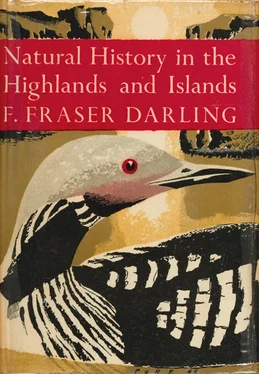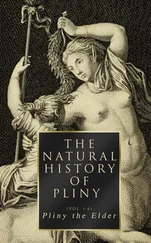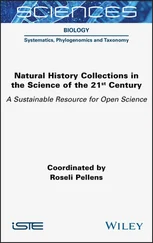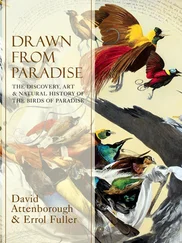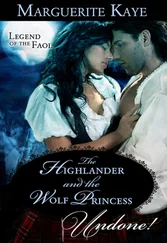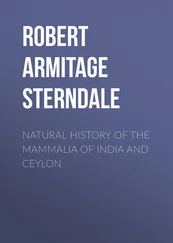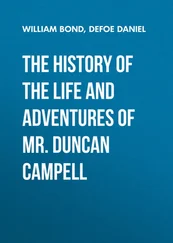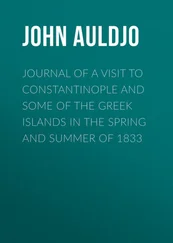The half-million and more acres of the Outer Isles mean nothing in relation to the human population which lives there because to a large extent the interior is just as uninhabitable as the ocean. The people being confined to the coastal fringe live what might be called an open urban existence without town planning.
The overpowering reason for the human species being confined to this fringe is that here the awful blanket of peat ends and the ocean has thrown up an immense weight of shell sand. As the dunes have stabilized through the millennia and the stiff marram grass has given way to kinder herbage, a light lime-rich soil has formed. There are miles and miles of the white sand on the Atlantic shore, and above it the undulating machair (Plate XIXb) of sweet grass on which are reared great numbers of Highland and cross cattle. Flocks of barnacle geese come to the machair in winter and add to the humus content of the sandy soil. The prevailing south-westerlies continue to blow winter and summer, year after year, century after century. The tangle from the shallows of the ocean, the various Laminarias of the marine botanist, is torn from its bed and washed up on the beaches. Man comes down with his ponies and carts and creels and takes up some of it to spread on ploughed portions of the machair. All these things are helping to make soil, and the sand itself in these gales, especially if the winds are dry, is being blown up towards the blanket of peat which overlies the archaean gneiss of the Hebrides. The sand sweetens the peat, causes its barren organic matter to be unlocked and become fruitful of herbage for man’s beasts. Their dung still further ameliorates the peat. Such is the constant process, in which the storm is a necessary and beneficent factor in allowing and maintaining fertility. But once the coastal strip is crossed the peat reigns supreme. Its blanket must have increased about ten feet since early man came to the Outer Isles, for only the tops of the fine Megalithic stones at Callernish, Lewis, were showing when Sir James Mathieson of the Lews undertook their excavation. The landscape in the bog is shortly described—a low undulating plateau of peat, bare grey rock of gnarled shape, and thousands of small and large lochans of brown acid water. If we wander through these areas of peat we shall come upon drier knolls where the rock comes to the surface or is not far beneath, and here we shall find turf and greenness for a space. The shielings of Lewis have been and still are here. They are the summer dwellings of a pastoral people taking advantage, for their cattle and sheep, of the short spell when the peat grows its thin crop of sedge and drawmoss. The people lived on the little knolls as on islands, bringing their cattle up to them twice a day for the milking; throwing out their household waste—little that it was—and adding their own quota of dung and urine. The shieling life is mostly gone but the green knollies in the sea of rock and peat remain.
We may digress at this point to consider the nature of peat, this substance which covers a million and a half acres of the Highlands and Islands and the existence of which is a most important factor in the natural history of the area and of the scenery. A study of the peat is interesting not only for what it grows and harbours now, but for the history to be deduced from a deep profile of it. Peat forms under the influence of certain definite conditions and their consequences: the first requirements are high precipitation and a general coldness of atmosphere in the growing season sufficient to inhibit bacterial activity in the waterlogged soil, but not cold enough to prevent growth of certain plants. A vegetational complex of sour bog plants, such as sphagnum moss (Plate 22b), sedges of various kinds and cross-leaved heather, soon occupies the ground to the exclusion of all those plants which need a well aerated soil and a supply of basic compounds. The rain impoverishes the original soil by washing out plant foods and then, by creating waterlogged and therefore anaerobic conditions, prevents the action of normal soil bacteria in breaking down the dead vegetation into humus. Such necessary decomposition does not keep pace with vegetative production by the plants, so that a gradually thickening layer of peat forms. The peat, thus composed of organic matter without lime, is highly acid in character, which is a still further check to bacterial action. Even the run-off water from the poor rocks such as gneiss and Torridonian is charged with unneutralized carbonic acid. With compaction and age, the peat becomes colloidal in texture, a fact of much influence in the behaviour of peat in holding water or being dried. The normal water content of peat as it lies in the bog is as high as 93.5 per cent.
Peat varies in consistency from being highly fibrous to the state of a black amorphous substance, depending on age and the type of vegetation. The Highland crofter is well aware of these details and his methods of winning peat for fuel vary from place to place. Cottonsedge peat is tough and fibrous and can be “footed” (i.e. set up on end to dry in pyramids of four bricks) and handled later with very little loss. Lower, older, amorphous peat is very brittle and cannot be set up.
The ages of the peat deposits have been tentatively fixed as beginning about 7000 B.C. at the close of the Boreal period. The warmish dry climate which grew forests of pine, birch and hazel now became warmish and wet, bringing about destruction of the scrub hazel vegetation by moss. The Atlantic period closed between 5000 and 4000 B.C. and a cooler and somewhat drier sub-Boreal period set in with a rapid development of peat. This continued until near our era which may be termed cold and wet and sub-Atlantic. The peat to-day is still making in some places as on the main bog of Lewis, and receding in others, as in parts east of the Cairngorms where the stumps of forest trees are coming forth as the peat crumbles away. Continual burning on western hills is probably having more influence than we know in checking or denuding the peat which is the only cover the rocks have, but in Lewis there is very little burning, the slopes are gentle and the succession of blanket bog is not being much disturbed, except by cutting for fuel.
The colours of the Atlantic coast are vivid blues and greens and the bright cream of sands. Inland, sombre colours are paramount and the lochans do not reflect the colour of the sky from their dark depths as does the sea above its floor of white sand. But the Hebrides are not all a dark plateau. The southern end of Lewis (Plate VII) and most of Harris are hilly. The Forest of Harris gives us rough going as anywhere in the Highlands and the Clisham rises to a fine peak of 2,622 feet. The red deer which live in these fastnesses are small, but have very well-shaped heads. The pine marten was also to be found there until recently. Its very wildness is the best protection this piece of country has. The lower deer forests of Park and Morsgail are fairly heavily poached of their deer, in an island of such heavy human population.
The Hebridean burns a lot of peat. His peat stacks are far larger than those of the mainland. By cutting peats he is doing two jobs—providing the wherewithal for comfort at the fire, and removing some of the great pervading blanket. He does not come upon bed rock at the foot of the peat banks but on to a layer of boulder clay which, when mixed with the top thin layer of sedge and peat, will shortly turn into fairly good soil providing much better grazing than anything from the top of the peat. The boulder clay came there by glacial action before the peat was laid down. Our Lewisman makes new ground this way and there is no doubt that if the modern mechanical tools such as the scraper and bulldozer were brought into operation on what is commonly called the skinned land, the agricultural scientist could make much good land in Lewis without attempting to conquer the upper layer of the peat.
Читать дальше
